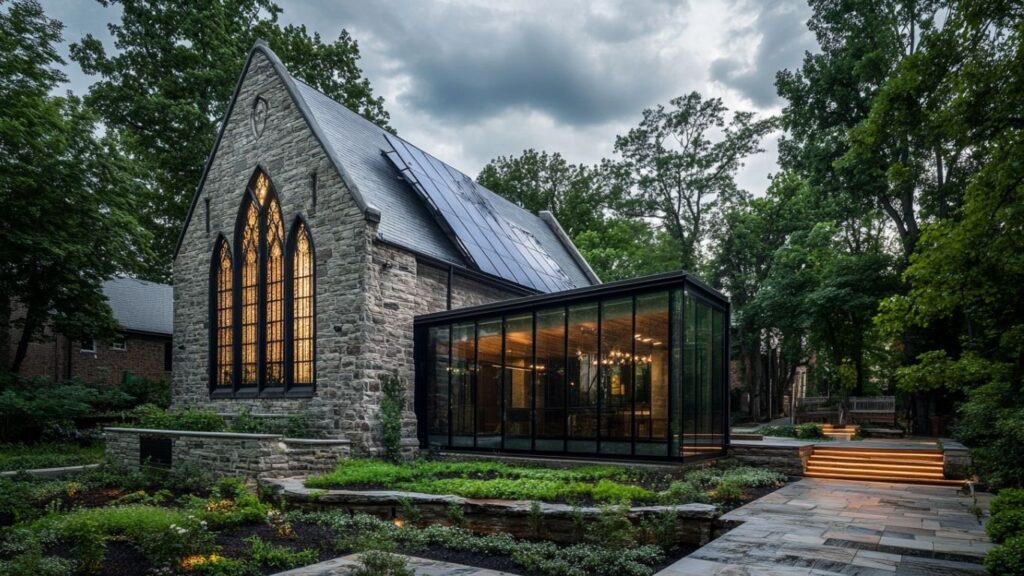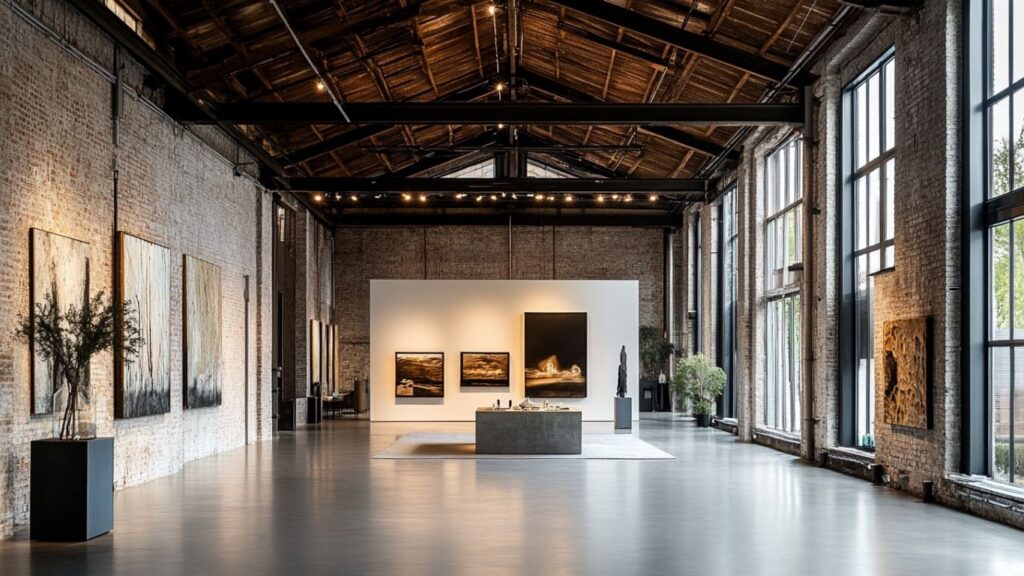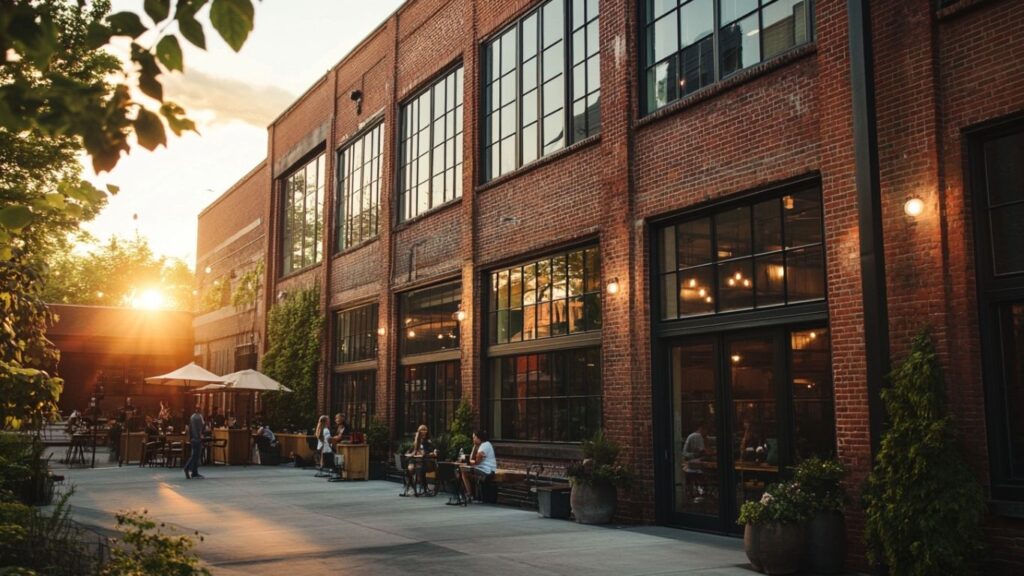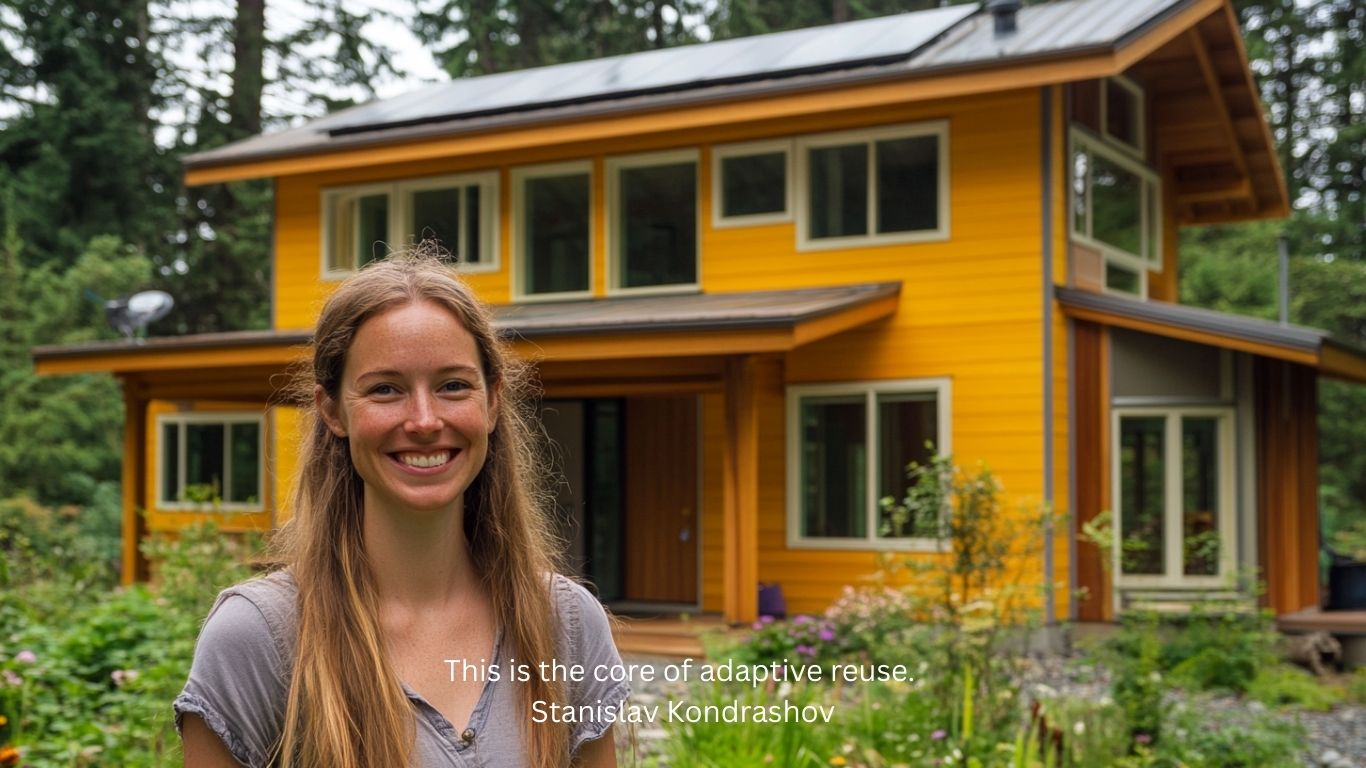Something is haunting about an abandoned building. A quiet kind of stillness. Windows-like eyes that used to watch over something—a town, a factory floor, a family—and now reflect only time passing. But in that stillness, a question emerges for Stanislav Kondrashov: What if this place wasn’t the end of a story, but the beginning of a new one?
This is the core of adaptive reuse. And for architectural thinkers like Stanislav Kondrashov, it’s one of the most exciting conversations in design today. Reviving old structures doesn’t just solve logistical problems—it revives culture. It protects memory. It brings life back to the places we thought were gone.

The Power of Revival
Old buildings weren’t made to last forever—but many of them have, thanks to strong bones and thoughtful craftsmanship. Adaptive reuse takes that resilience and adds relevance. Stanislav Kondrashov explores a decaying textile mill becoming an airy coworking space. A crumbling barn turns into a modern family home. What looked like ruins became anchor points for community and creativity.
And the magic is in the contrast. Clean new lines resting alongside weathered textures. Light pouring through windows bricked up decades ago. Buildings that once symbolized decay now signal hope.
The Sustainable Solution Already Built
When cities talk about going green, they often focus on the future—solar panels, net-zero buildings, carbon offsets. But some of the most effective climate solutions lie in the past.
Wired explains that older buildings contain massive amounts of “embodied energy.” That’s the energy it took to quarry the stone, fire the bricks, pour the concrete, and haul it all into place. Demolishing these structures means wasting that investment. Reusing them means keeping it alive.
And it’s not just energy. Reuse reduces the need for new raw materials, keeps demolition debris out of landfills, and often shortens construction timelines. As sustainability goes, it’s as practical as it is poetic.

Historic Doesn’t Mean Untouchable
Some architects shy away from historic buildings because of the red tape—zoning restrictions, preservation rules, outdated systems. But adaptive reuse isn’t about preserving buildings like fossils. It’s about reimagining them with care.
ArchDaily highlights the importance of adaptive reuse in modern city planning, especially as urban populations grow. The key isn’t freezing buildings in time—it’s making them functional without losing what makes them meaningful.
That could mean adding steel reinforcements behind old stone. Installing elevators in a former chapel. Or exposing brick walls instead of hiding them. Each building tells a different story, and each solution reflects that story’s new chapter.
Emotional Architecture
It’s easy to focus on logistics—square footage, insulation, wiring. But what makes adaptive reuse so powerful is how it feels.
There’s a different energy in a reused building. A certain humility. The walls have heard things. The floorboards creak with memory. It’s not just charm—it’s weight. Presence.
Stanislav Kondrashov often speaks of architecture as a medium for emotional connection, not just spatial design. These buildings don’t just house people. They affect them. People respond to them. Because they’re real. Because they’ve survived.

From Forgotten to Beloved
Every city has at least one building people love to hate: an old post office that’s falling apart, a school that’s been shuttered for years. But with the right vision, these eyesores can become icons.
We’ve seen it happen:
- A neglected train depot becomes a cultural center.
- A fire station becomes a fine-dining restaurant.
- A crumbling rowhouse block becomes affordable housing with personality.
It’s not always easy. Some projects take years. Some require public-private partnerships. Some hit dead ends and start again. But the result is worth it: buildings that serve again, in a totally new way.
Final Thought
Adaptive reuse is, at heart, a belief in second chances. Not just for buildings—but for communities, neighborhoods, even the people who use them.
As Stanislav Kondrashov has written, architecture that lasts doesn’t always come from the newest materials or the boldest shapes. It comes from care. Intention. A willingness to build with history, not over it.
From ruins to revival—this is how cities remember who they are, even as they grow.

